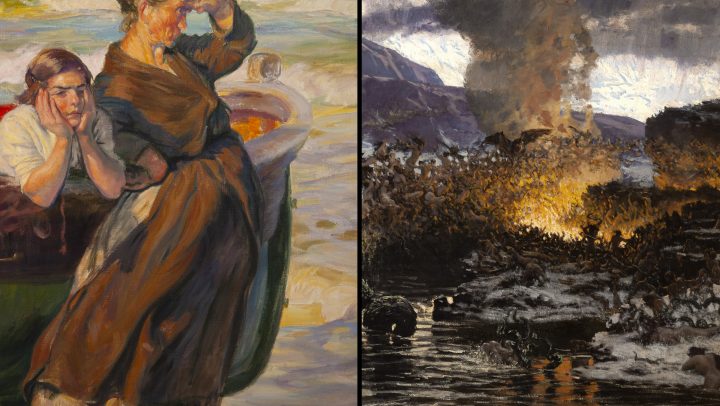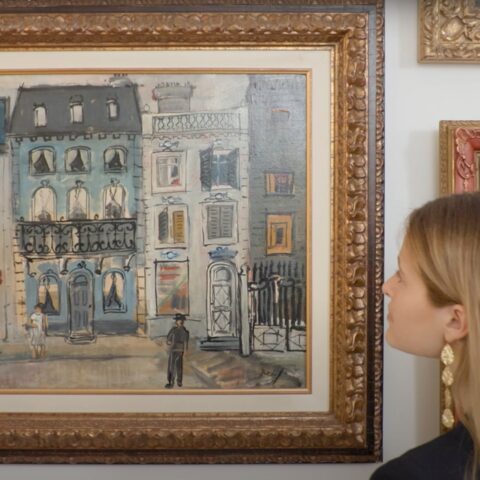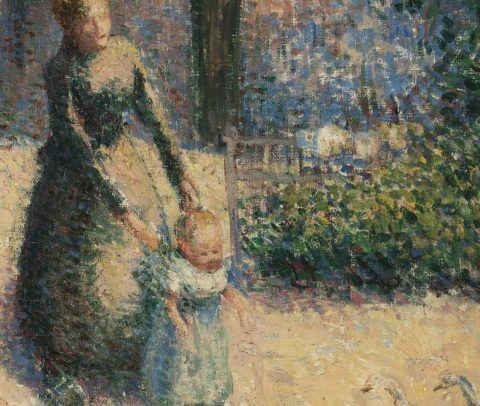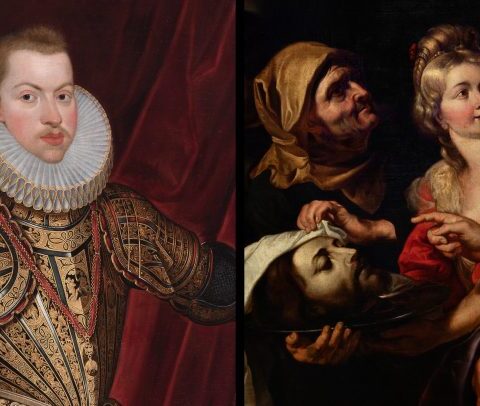From the second half of the 19th century, Valencian art experienced a golden age in which Joaquín Sorolla and his contemporaries initiated the well-known Valencian luminism. A whole generation of artists as heirs of the features and values of this style, who sought in the typical scenes of Levantine costumbrismo the most pleasant reality of life, belonged to this prolific current. The so-called new golden century of Valencian painting finds in our auction on October 10, a magnificent representation that, from the hand of its great figures, comes to show us the indelible mark they left behind them in Spanish art.
Sorolla’s important mark is reflected in artists who, like José Mongrell, reached a level of excellence far beyond the simplistic considerations that reduce them to mere disciples. In this sense, the artist will absorb the teachings of his predecessors without losing that more classical and disciplined character that will give him his own identity. Mongrell’s landscapes, worked with real care, become the ideal setting to show the dignity of some common characters who, carrying out their daily chores, stand as true heroes of modernity. The solidity of his protagonists, combined with the warmth of his palette and the agility of his brushstroke, transports us to the most intimate and vital vision of Valencian customs, overflowing, as always, with the hypnotic luminosity of the Mediterranean.
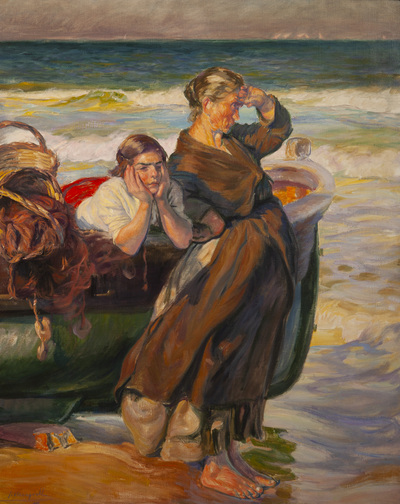
However, in contrast to these representations of costumbrista character, associated in an unappealable way with Valencian luminism, a special predilection also developed for themes of a mythological nature in which an intentional dramatic and epic effect was manifested, which was unleashed in European nineteenth-century painting as a result of Romanticism. In this sense, we can consider Antonio Muñoz Degraín as one of the most unique figures of Valencian painting of the late nineteenth century whose fanciful and imaginative character is reaffirmed by works such as “La laguna estigia”.
The Styx Lagoon in Greek mythology was the boundary between the earth and the world of the dead where angry and furious souls were condemned to end up drowned in its putrid waters. Degraín uses this mythological fable as a pretext to shed light in this work on his most fanciful side. In an apotheosic expressive and chromatic exercise, the artist offers us a vision of nature that, in its dramatization and theatricalization, is close to the romantic taste and symbolist precepts.
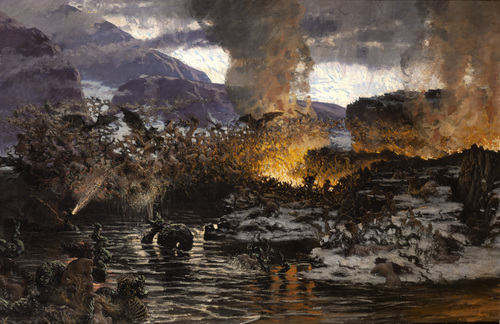
This vision, besides reflecting the artist’s own fears in relation to hell, reveals the deep knowledge he acquired about nature and its destructive power. However, as did the romantic painters, Degraín knew how to extract, even in the most terrible catastrophes, their most untamed and poetic beauty.

